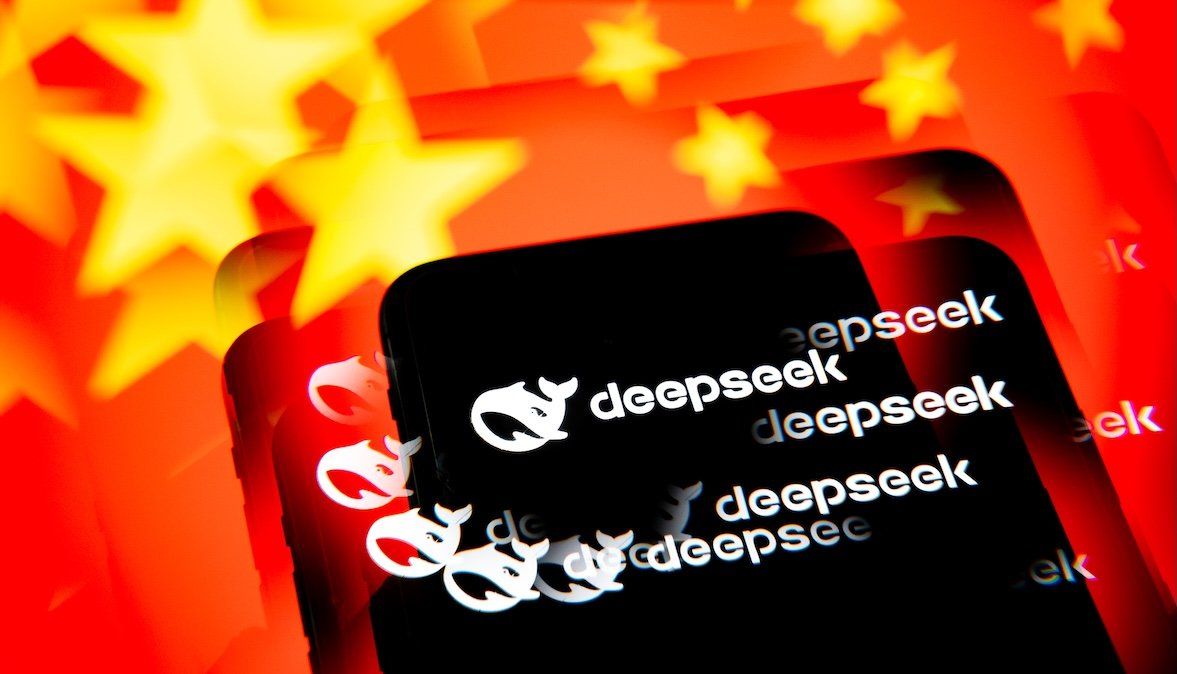A Chinese startup might have achieved what many thought was impossible: matching America’s best artificial intelligence systems at a fraction of the cost.
DeepSeek's latest AI model, DeepSeek-R1, was released earlier this month. The open-source model performs as well as top models from OpenAI and Google while using just a fraction of the computing power and cost to develop; it’s also a fraction of the cost to use.
DeepSeek claims that it only needed $6 million in computing power to develop the model, which the New York Times notes is 10 times less than what Meta spent on its model. The R1 model received the fourth-highest score on Chatbot Arena, which crowd-sources evaluations to rank large language models by capability, only behind two of Google’s Gemini models and ChatGPT-4o and ahead of Anthropic’s Claude 3.5 Sonnet.
If you take DeepSeek at its word, then China has managed to put a major player in AI on the map without access to top chips from US companies like Nvidia and AMD — at least those released in the past two years. Joe Biden’s administration placed strict export controls on these chips, so if the company has had access it may not be forthright about that.
For now, the US markets are indeed taking DeepSeek at its word. Nvidia stock fell nearly 17% on Monday, erasing a record sum from its market capitalization — $589 billion in a single day. The Nasdaq stock exchange ended the day down 3%, as a result.
The revelation about DeepSeek has come as Donald Trump tries to spur AI infrastructure in the United States, heralding the $500 billion Stargate project. But China’s new open-source model might have just changed the landscape when many thought the United States was running away with the race.
In a speech Monday evening, Trump called news of the DeepSeek model a “positive” due to its cheap cost but said American industry needs to compete. “The release of DeepSeek, AI from a Chinese company should be a wakeup call for our industries that we need to be laser-focused on competing to win.”